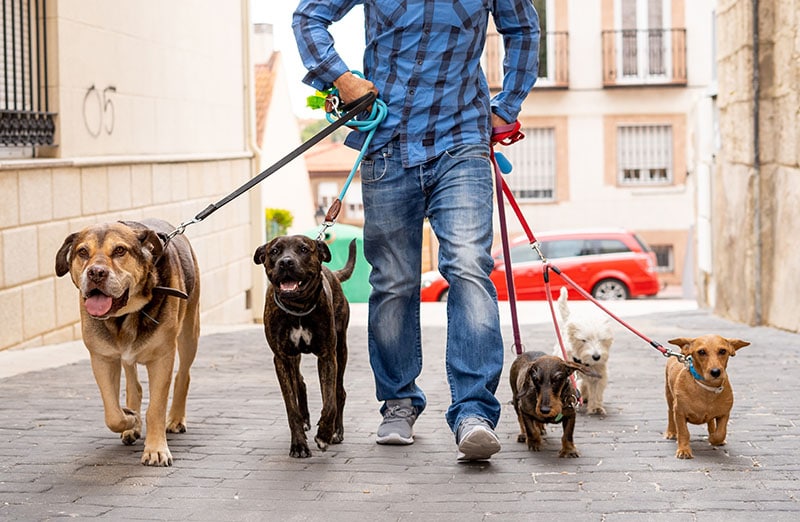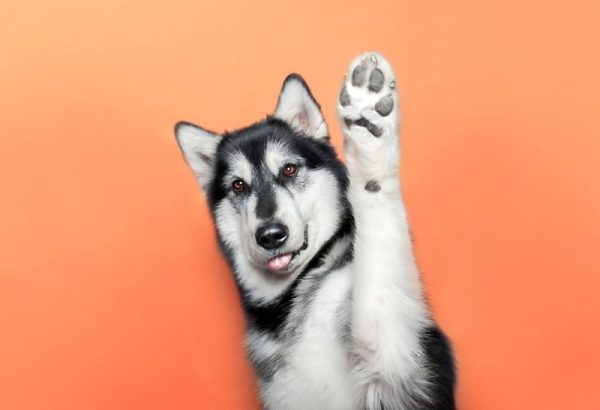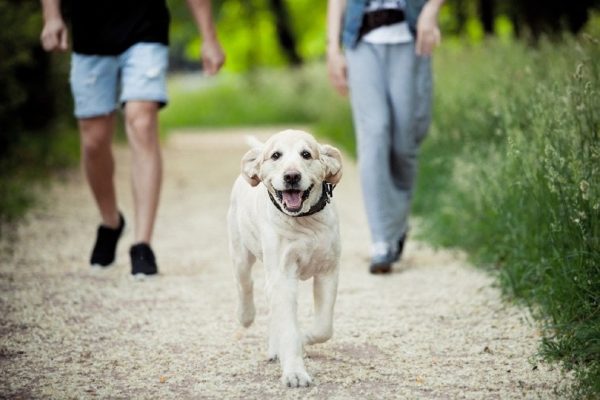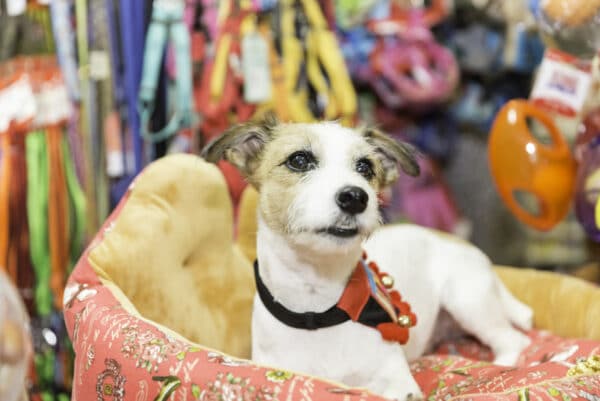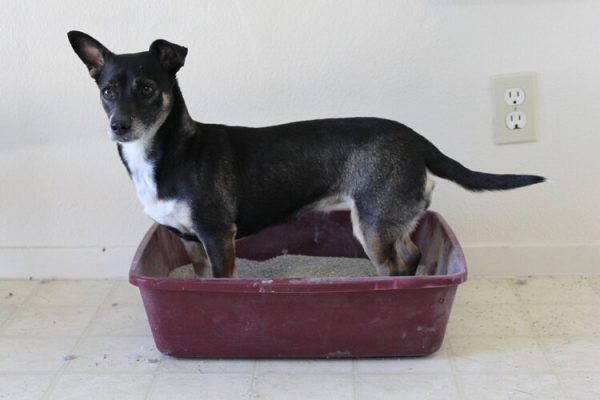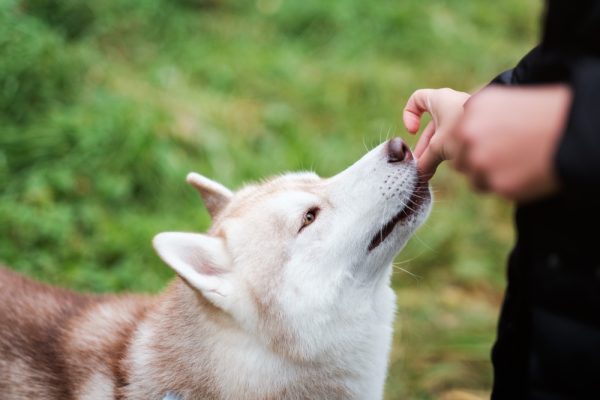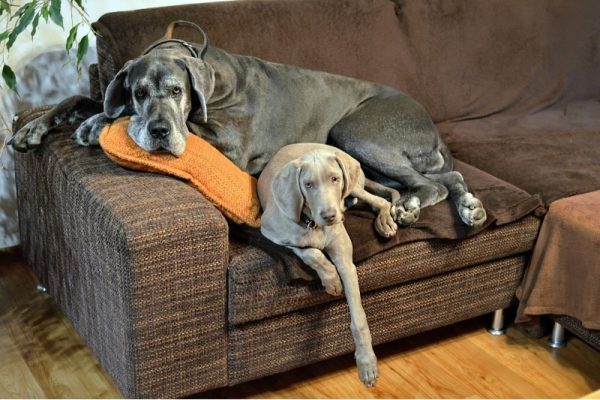Imagine that you are walking your dog, and you see another dog walking toward you. It would be nice to greet each other if you get permission from the other dog’s owner first, of course. But how should you go about this? What is the best way to introduce your dog to other dogs on walks?
This article goes over some important considerations about introducing your dog to others. Read on to learn how to expand your dog’s social circle!

The First Encounter
Once you have gotten permission to approach the other dog, remember to have a loose leash so that the meeting is as natural as possible. This way, the dog does not face any challenges in terms of being able to show clear body language.
Another important thing to remember is that you need to stay calm and be patient. Avoid shouting or speaking harshly to the dog or tightening the leash while the dog is trying to make a new friend. If you do, this can make the dog feel that it does not have full control over the situation and may also cause stress. A dog that feels uncomfortable, scared, or stressed can quickly cause unwanted behavior. Always watch the body movements and stop them if necessary.
If you see that the dog shows any discomfort or wants to escape the situation, it would be best to leave. This will also show your dog that the situation is under control and that the dog does not need to worry. After all, a lot is done through communication and by paying close attention to your dog’s body language.

Should You Introduce Your Dog to Every Dog They Meet?
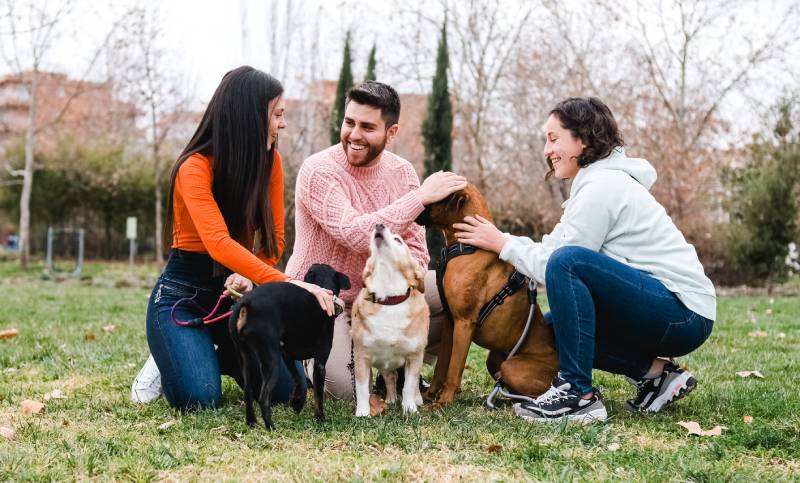
It depends. It is a misunderstanding that all dogs must greet each other every time they meet. Yes, they are pack animals, but it is not necessary to greet every single dog you meet on your way.
On the other hand, the dog can benefit from getting to know other dogs better, but it is not always suitable. This may be because the other dog does not get along with other dogs, they may be scared, have experienced trauma, or it could be a service dog at work. Whatever the reason is, remember to always ask for permission.
If it’s a bad time or you don’t want your dog to greet the one on, just say no. Or even better, show clear signs you do not want to greet by keeping your dog close to you and crossing the other side of the road. This signals that it is inappropriate and that you do not want to make a new friend for your dog at this moment.
If you do have a dog that could benefit from making new friends. The tips under can be of good help. There are many good ways to achieve this and to teach your dog to get to know other dogs in a safe environment.
One of our favorite dog TV shows explores this concept in an episode. One of the main characters, a dog named Chief, joins a walking group, and a beautiful dog named Ruby tries to get close to him, but her intentions are not what they seem. You can watch HouseBroken Sundays on FOX and stream the next day on Hulu.


Pay Attention to Your Dog’s Body Language
There are several positive signs that signal that the play can continue, such as:
- Smells the other dog behind
- Circulates calmly around the other dog
- Looks away to show that it does not want to hurt the other dog
- Calmly wags its tail
- Give each other space by keeping a good distance
- Relaxed shoulders and their butt pointing upwards
Be alert and intervene if the dog shows the following signs:
- Clenching teeth and growling
- Stares the other dog in the eyes
- The hairs on the back of your neck raise
- The tail is between the legs
- Ignores the no signs from the other dog and continues anyway
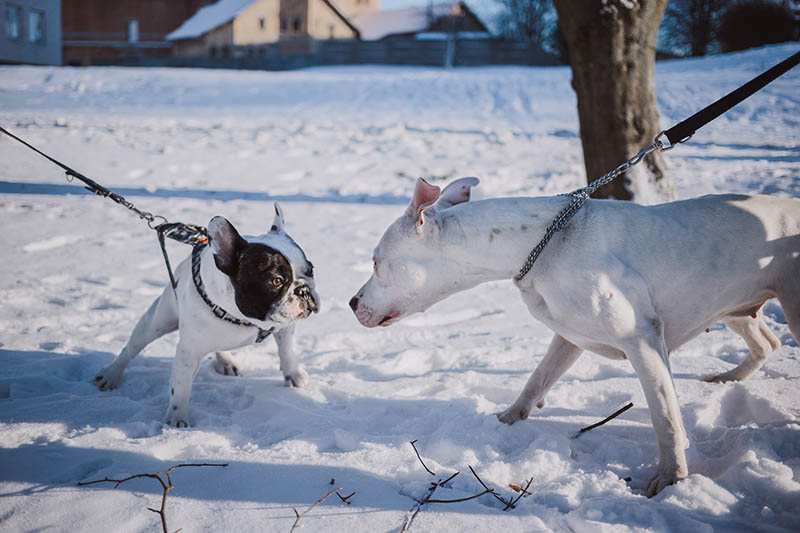
If you do have to interrupt the playdate, stay calm. No one is served by screaming and raising their voice. What can happen if you are acting mad? Your emotions are contagious, and your dog can instead become more aggressive and agitated. At worst, this behavior can make the situation much worse.
So, use a calm voice and distract your dog so that you gain control over the situation. Praise the dog well when listening to you and for a good collaboration to avoid an unwanted situation.

Conclusion
Not all dogs are suitable for socialization, so it is important that the agreement is accepted by all parties before the dogs are introduced to each other. The more often you practice socialization, the better it will be.
Start calmly, be patient, pay attention to body language and, if possible, give them plenty of space to develop a naturally good and lasting friendship.
We hope that you found this article useful and that it gave you some good tips on what you need to think through when introducing or not introducing dogs to each other. The choice is yours. Choose wisely and do what feels right for you and your dog.
Featured Image Credit: SB Arts Media, Shutterstock
